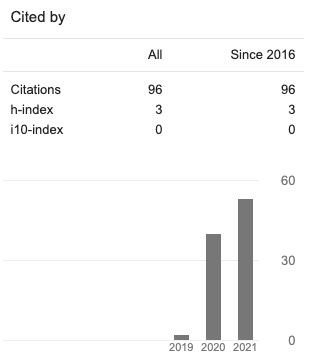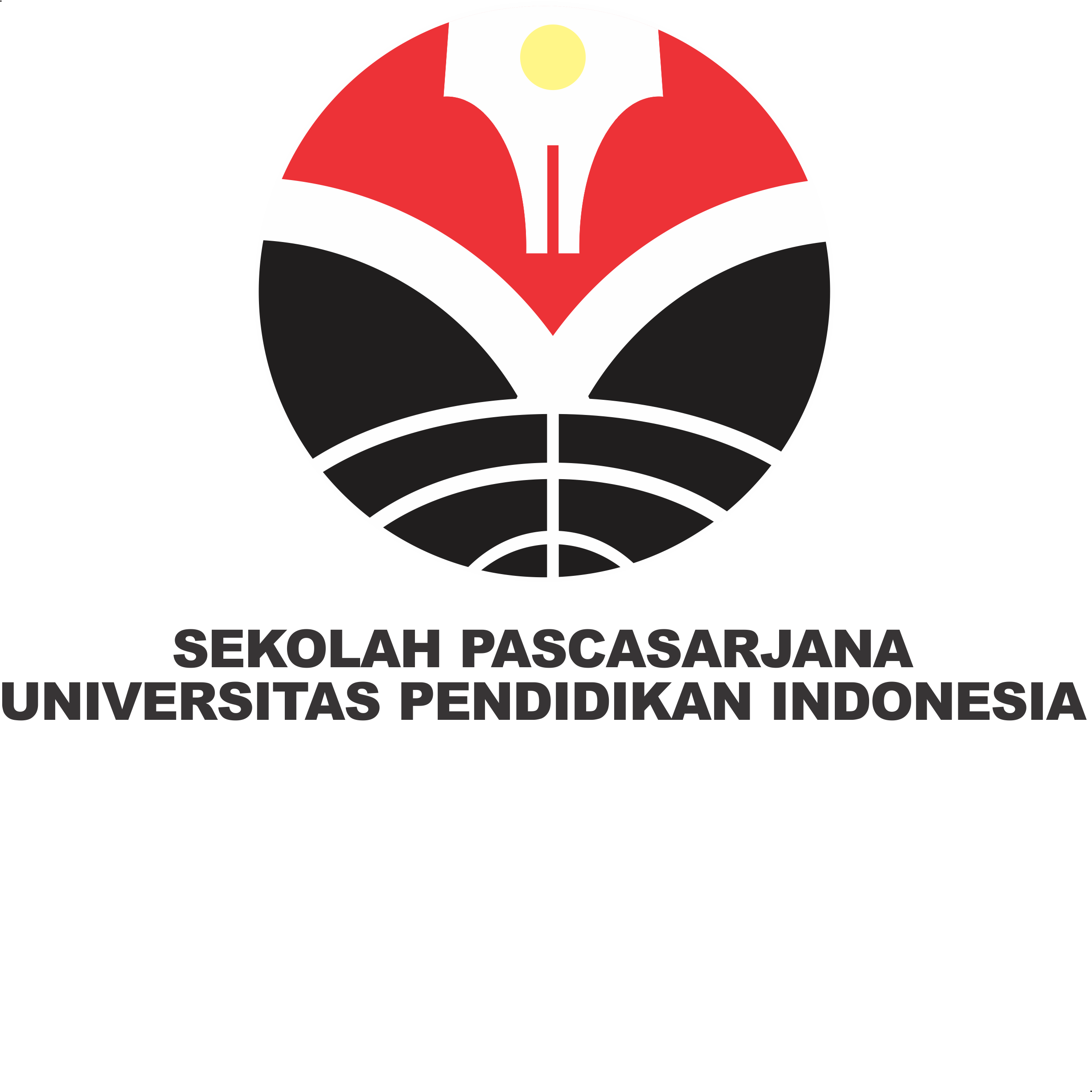Systematic Literature Review: Analysis Implementation of Water, Sanitation, and Hygiene (WASH) Programs in Elementary Schools
Abstract
The problem of human concern for the environment is a problem in life. To support the goals of the Sustainable Development Goals SDGs launched by the UN at points 4 and 6 regarding quality education to ensure equality and quality of inclusive education to increase sustainable learning opportunities for all humans, as well as at goal point 6, namely regarding adequate water and sanitation. Worthy, through education, it is hoped that it can improve the quality of human life, including human knowledge regarding the environment. Development programs for the SDGs goals implemented in elementary school level education units are Water, Sanitation, and Hygiene (WASH). The importance of monitoring and evaluating Water, Sanitation, and Hygiene (WASH) implementation activities in elementary schools to achieve the goals of the SDGs. This article aims to determine the extent of Water, Sanitation, and Hygiene (WASH) implementation in elementary schools. The research method uses literature studies from researchers through several related research journals. According to several research sources, the Water, Sanitation, and Hygiene (WASH) program in elementary schools has played an essential role in dealing with hygiene problems and health behavior among students. Still, monitoring and ongoing evaluation from program stakeholders are needed to optimize the Water, Sanitation, and Hygiene (WASH) program in schools to achieve the SDGs goals.
Copyright (c) 2024 Indes Maharani Handayani, Nana Supriatna

This work is licensed under a Creative Commons Attribution 4.0 International License.















